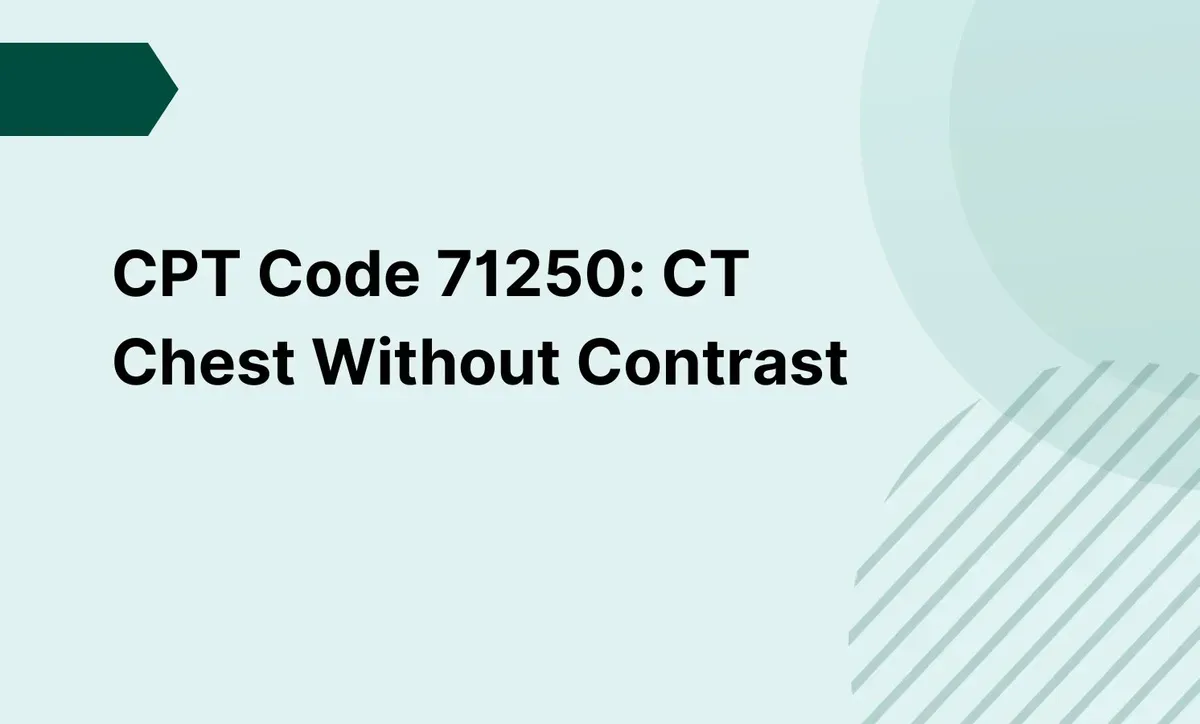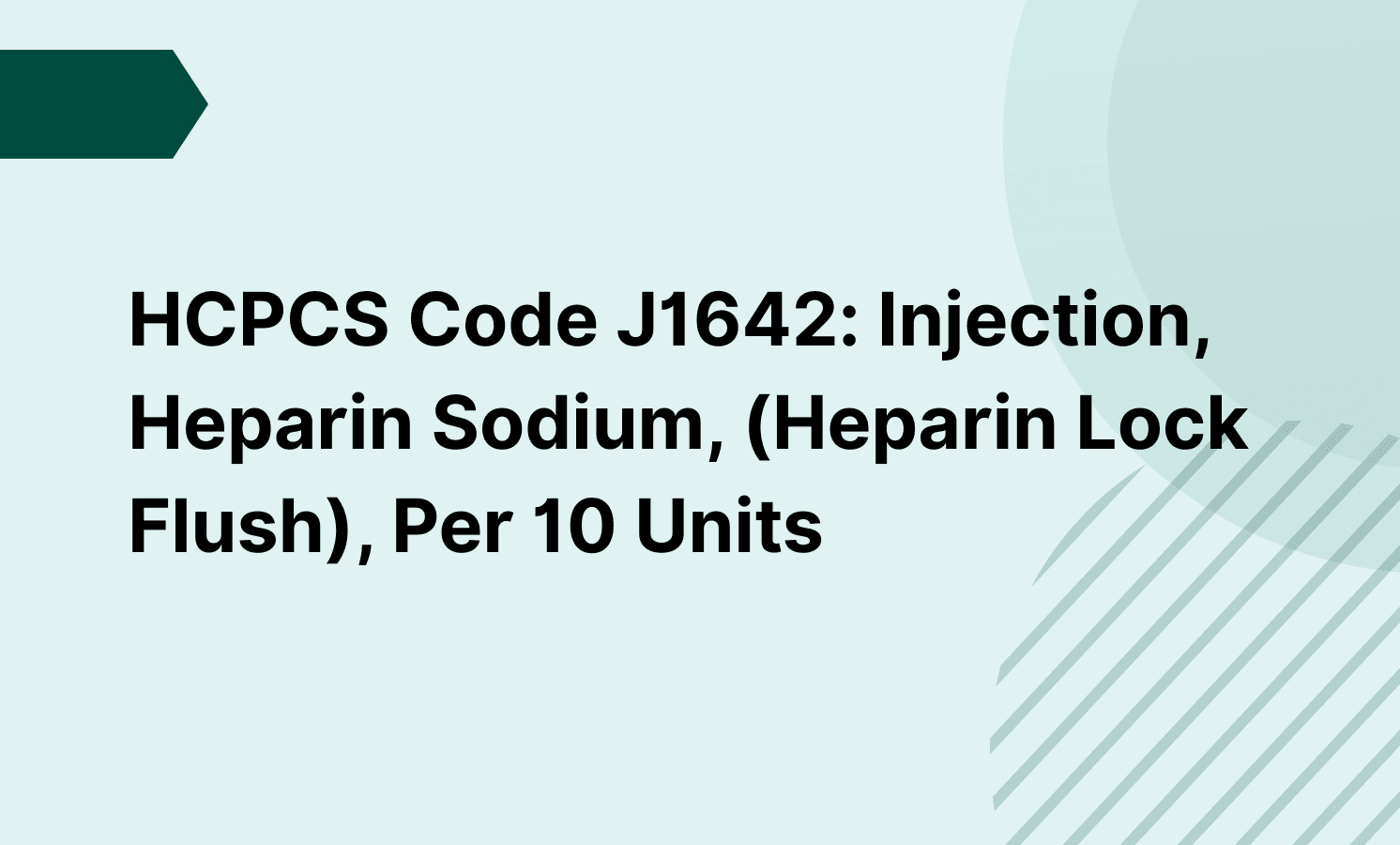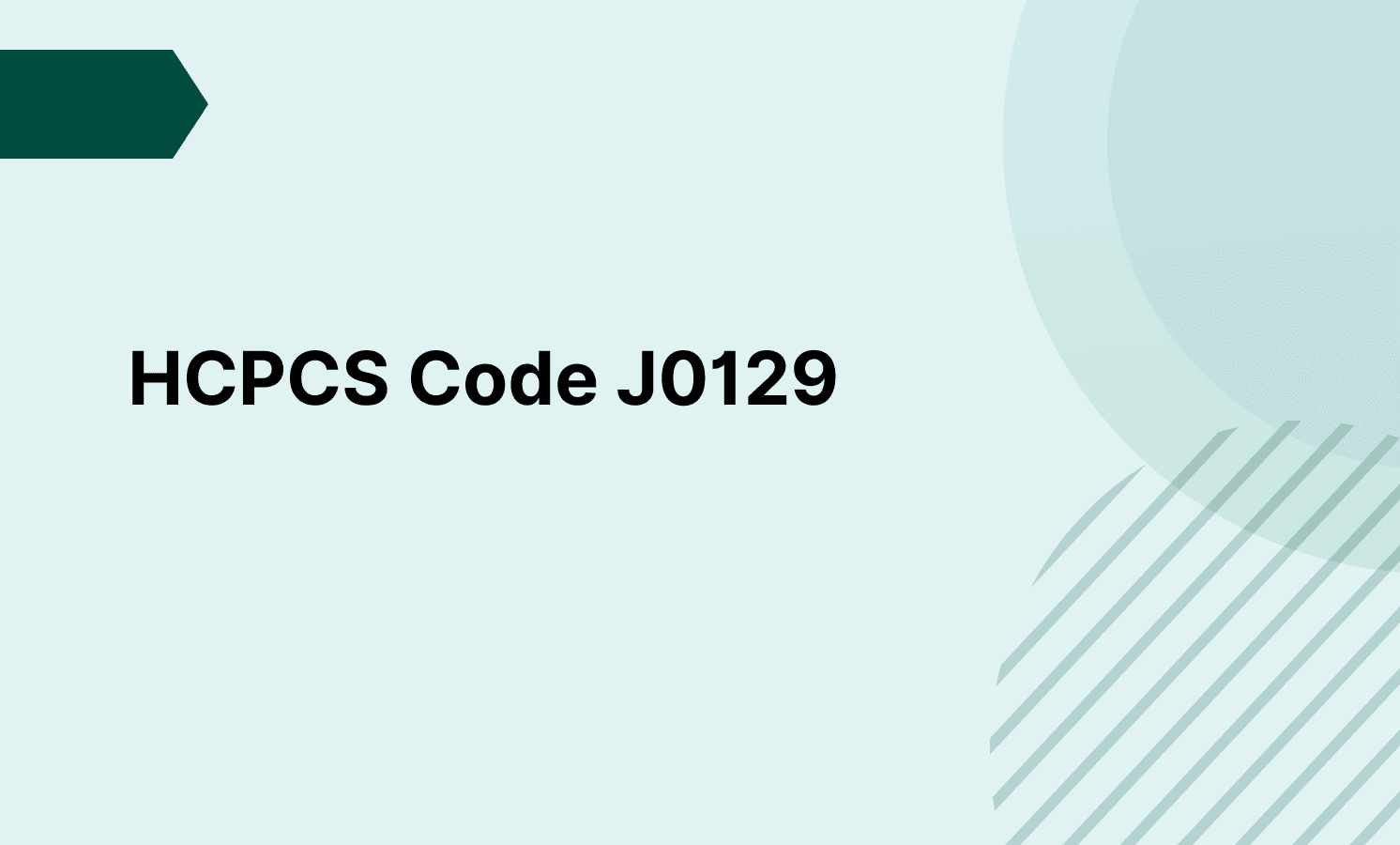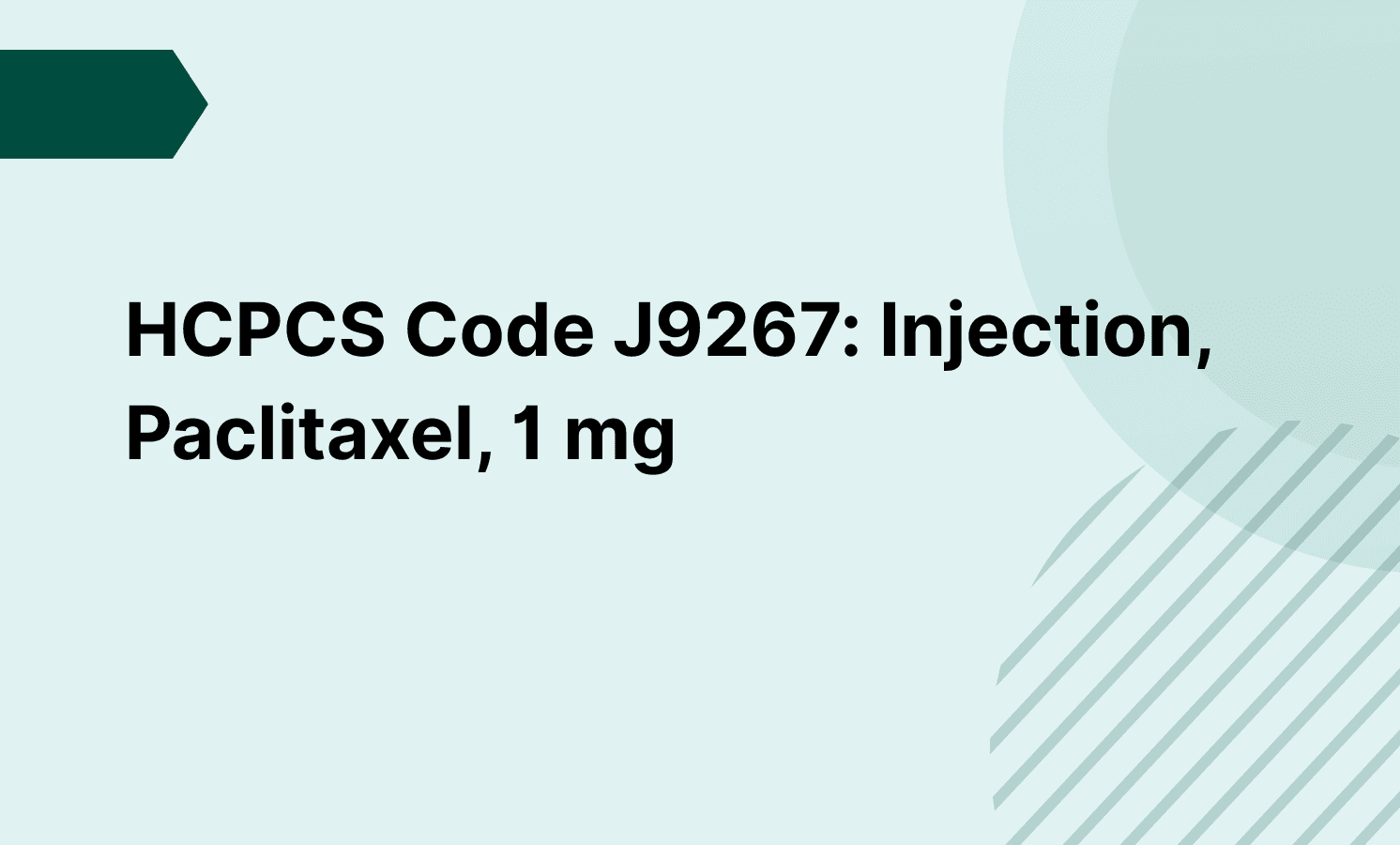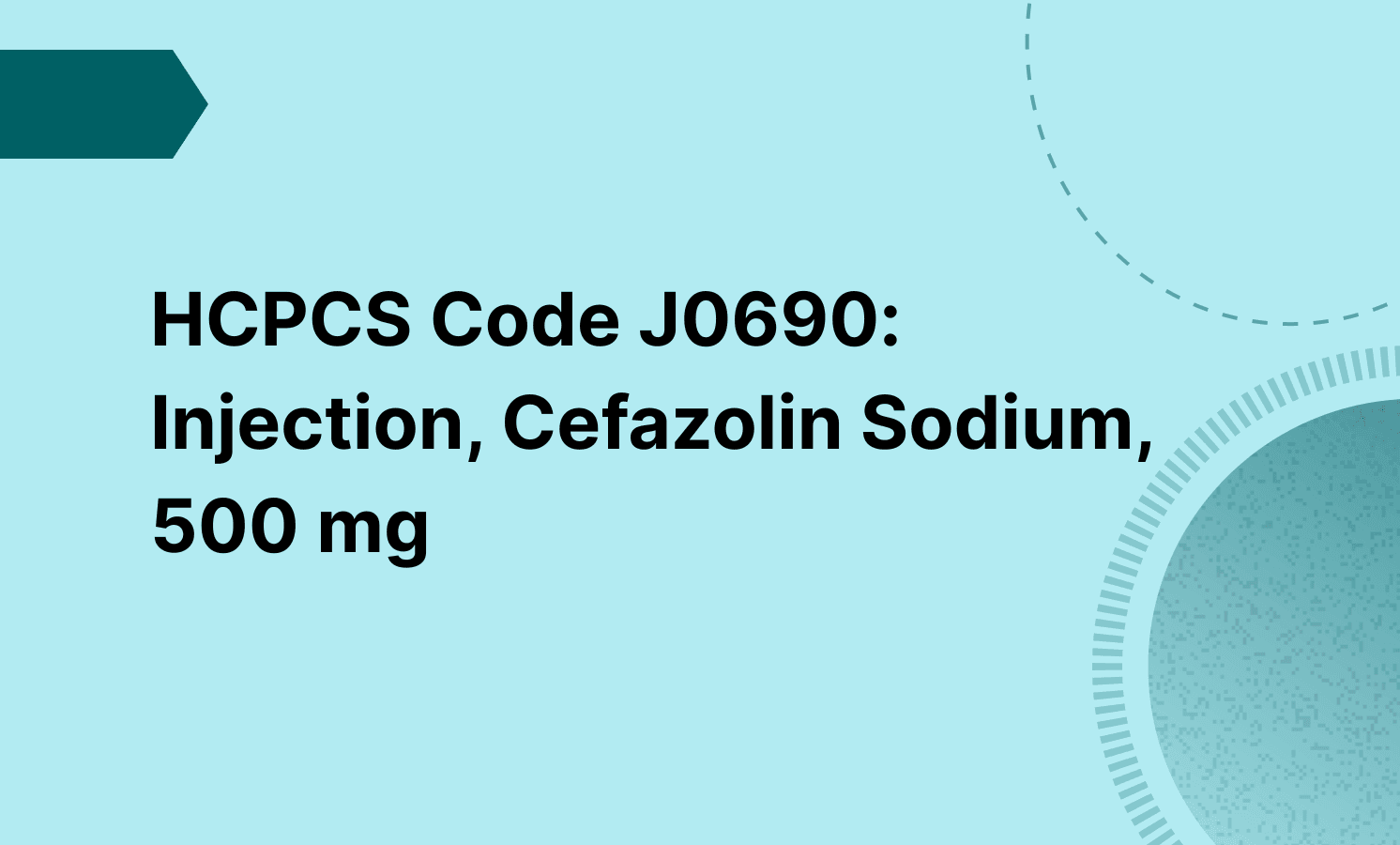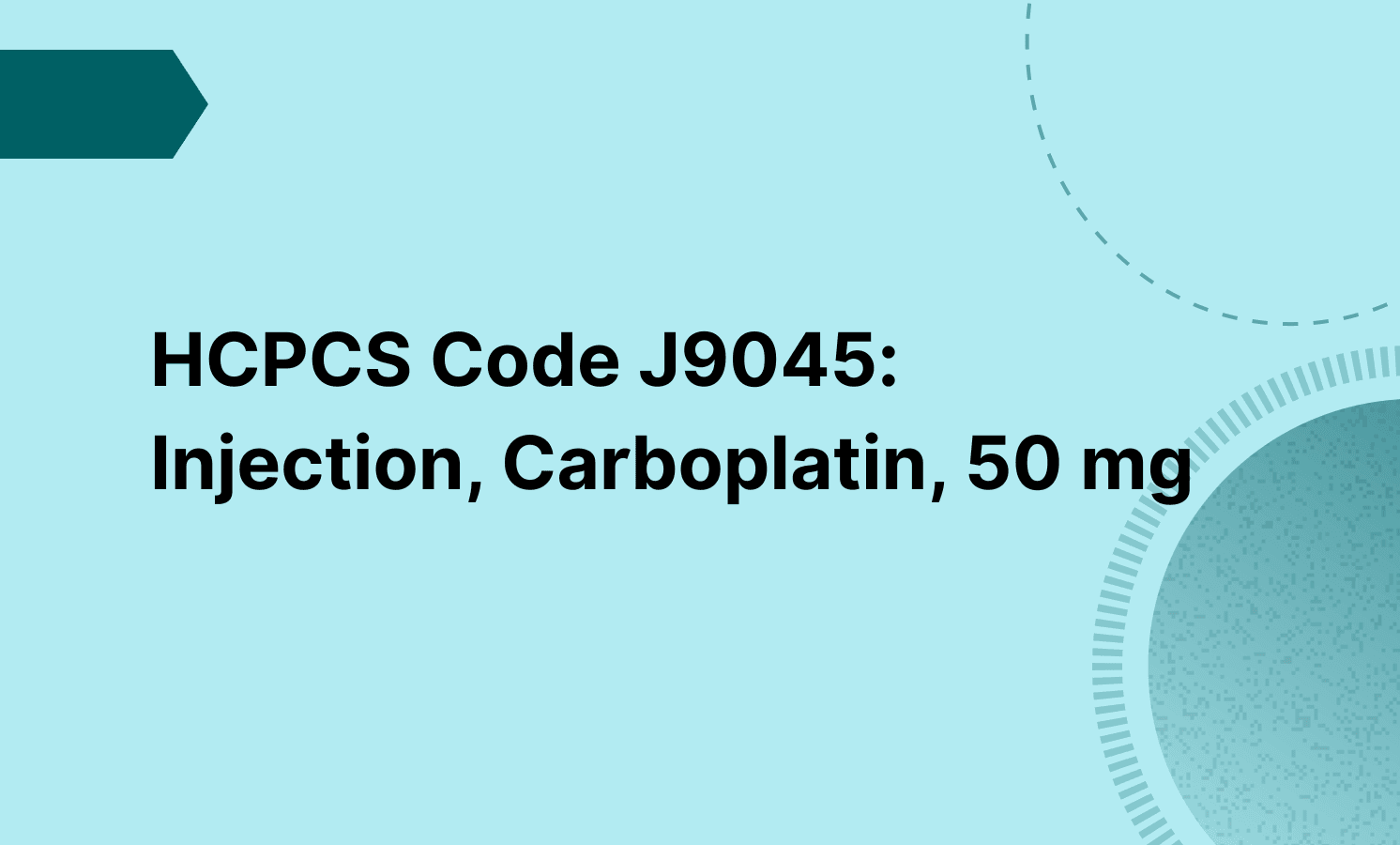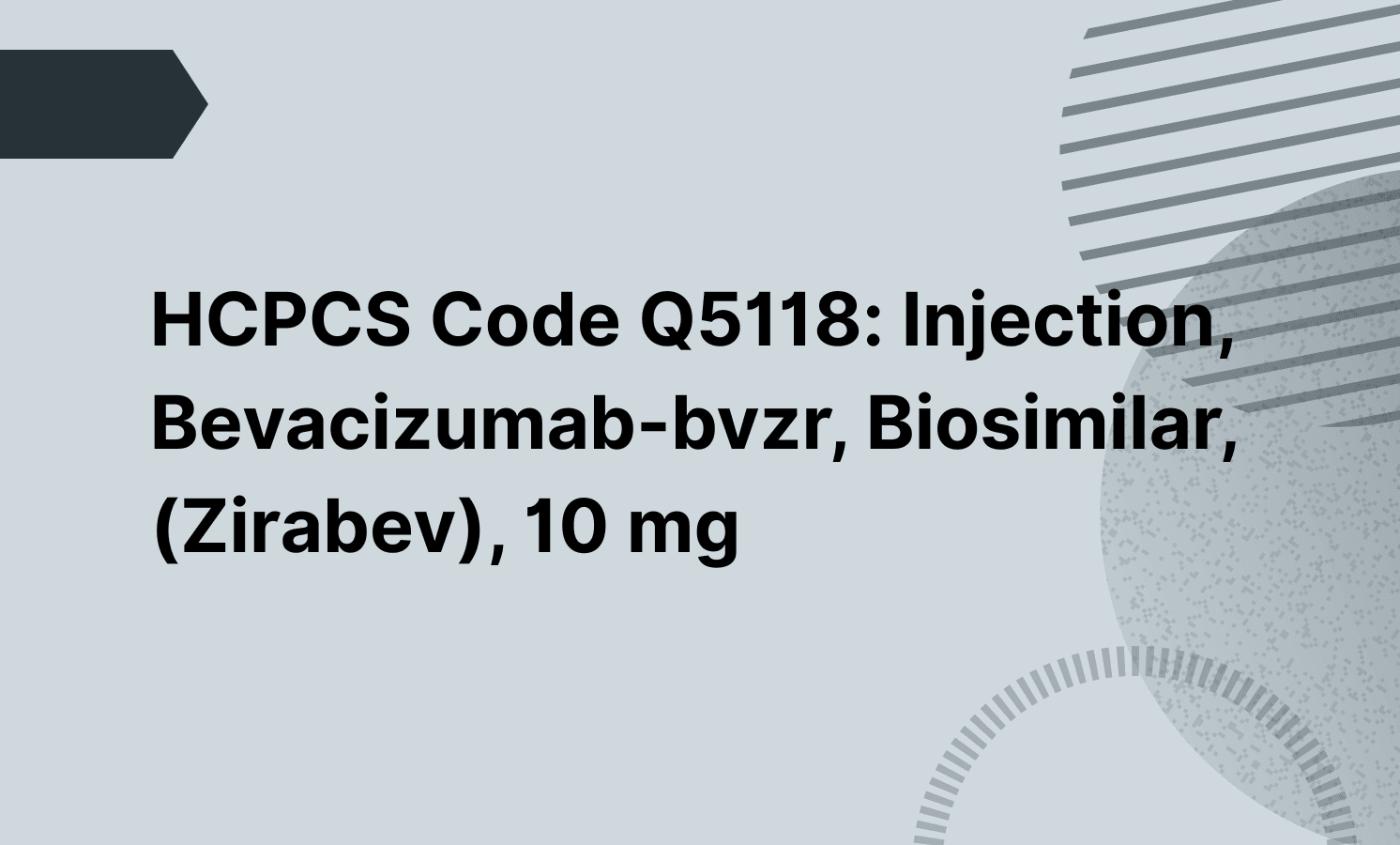No, not typically. You should not bill CPT 71250 and 71260 together for the same imaging session. If both non-contrast and contrast-enhanced CT scans are performed in a single session, report CPT 71270 (CT chest with and without contrast).
However, if there are two distinct, medically necessary studies (e.g., performed at different times of day for different indications), you may report both 71250 and 71260—but must include documentation of medical necessity and append Modifier -59 or Modifier -XS (if required by payer) to indicate a distinct procedural service.

